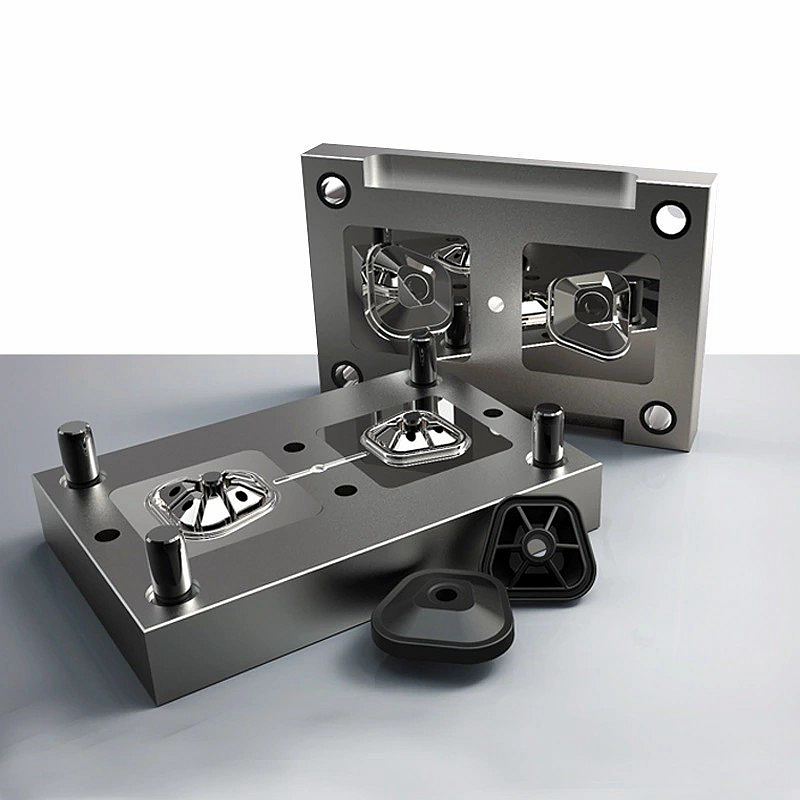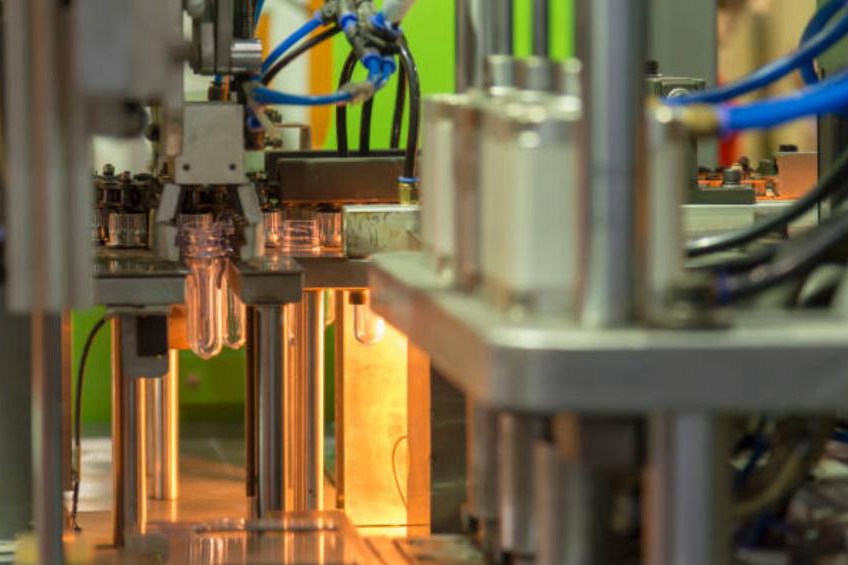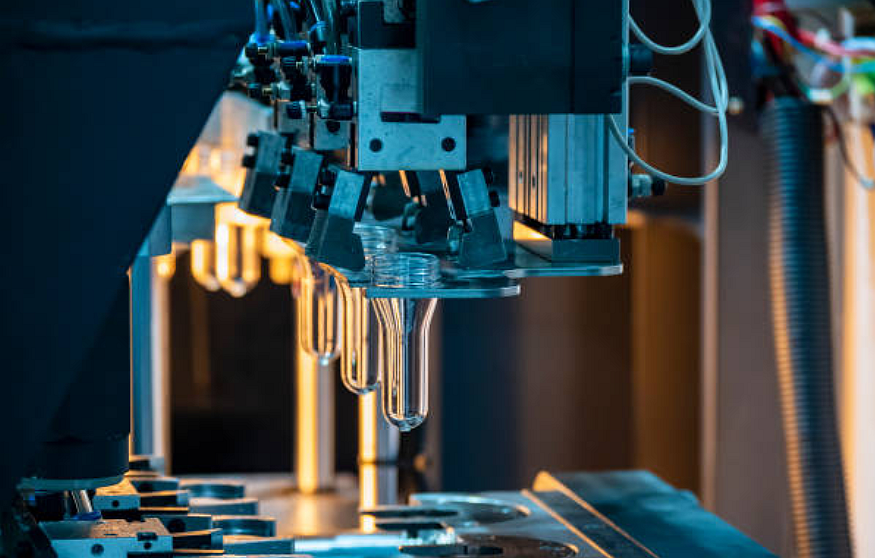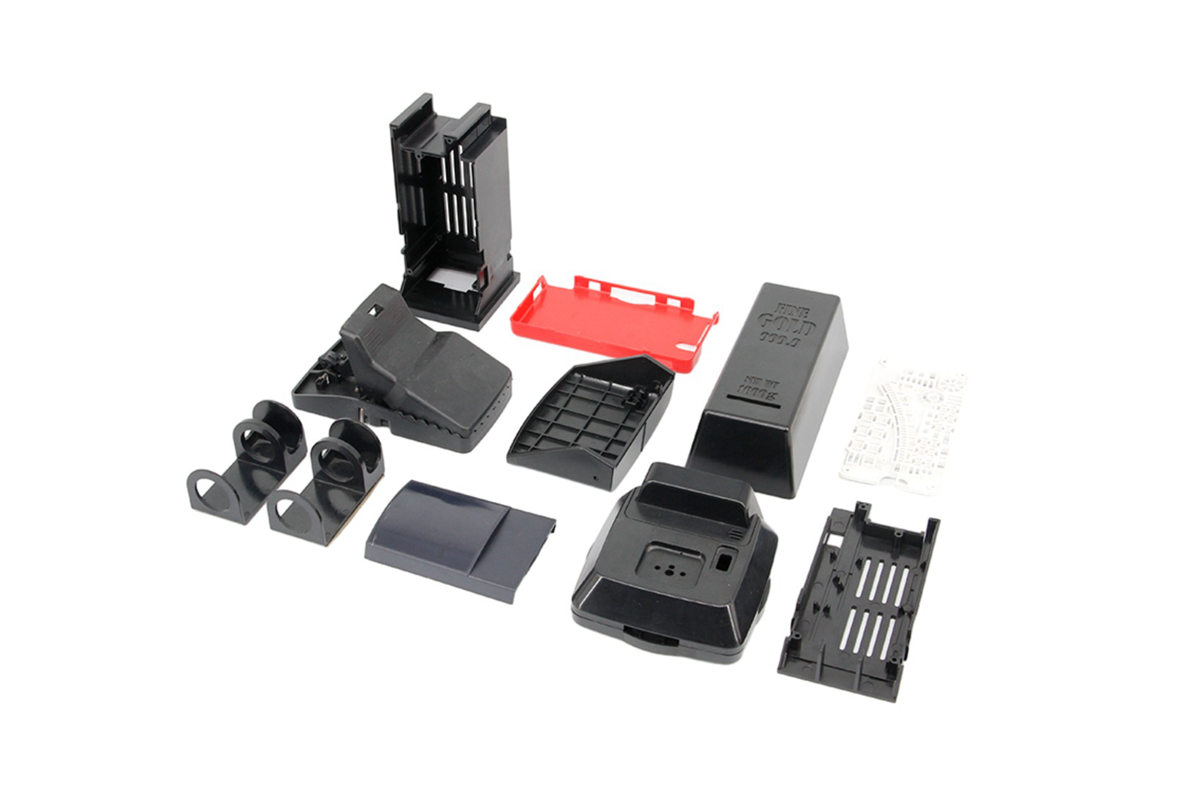What Are The Common Defects In Injection-molded Parts?
Injection molding defects are problems that every injection molding manufacturer will encounter. Newy summarizes the following common defects and solutions. Most defects arise from issues with plastic melt quality, mold design, machine settings, or processing parameters. Careful quality control and optimizing the injection molding process can minimize defects.

Warpage
- Uneven shrinkage causes the part to distort from the designed shape due to non-uniform cooling rates or imbalanced wall sections.
- Improve mold cooling design, increase clamping force, balance wall sections, and optimize process settings.
Sink Marks
- Localized depression on the surface caused by shrinkage as thicker sections cool. Affects appearance and strength.
- Increase wall thickness, use ribs for rigidity, improve venting, and reduce injection speed.
Voids/Porosity
- Air trapped during filling gets compressed and causes bubbles. Affects strength and appearance.
- Increase injection pressure, improve venting, increase mold temperature, and optimize melt temperature.
Weld Lines
- Where two flow fronts meet in the mold, weak bonding occurs. Causes structural weakness.
- Increase overlap between flow fronts, raise melt temperature, and slow injection speed.
Burns
- Overheating material in a barrel or hot spots in mold creates burnt areas. Causes brown or black streaks.
- Lower melt and mold temperatures, ensure heaters work correctly, and use adequate ventilation.
Flash
- Molten material leaks along the parting line due to inadequate mold clamping force. Causes unsightly thin fins.
- Increase mold clamping force, check for mold damage, replace worn seals, and adjust process parameters.
Short Shots
- Incomplete mold filling due to low injection pressure, temperature, or speed. Freezing off areas.
- Raise injection pressure, speed, and stroke, increase shot size, and improve material flow.
Jetting
- Inadequate gate design causes non-uniform filling and fountain flow effects. Leads to voids.
- Optimize gate location and design, increase mold temperature, and lower melt temperature.
Splay Marks
- Splits or silver streaks caused by material freezing off too early at the gate. Ruins surface finish.
- Locate the gate away from visible areas, increase gate size, and raise melt temperature.
Flow Marks
- Visible flow front lines on the surface due to low injection speed. Harms appearance.
- Increase fill speed, mold temperature, injection pressure, and improve venting.
Delamination
- Separate layers become detached due to poor adhesion in layered thermoplastics. Causes structural failure.
- Increase pre-drying of material, improve mold venting, and increase temperature.
Contamination
- Debris, lubricant, deposits, or foreign material gets picked up by melt flow, causing visual defects.
- Prevent debris with screens/filters, clean mold regularly, and avoid oil contamination.
Why choose Neway for Plastic Injection Molding services?
With over 30 years of expertise optimizing injection molding processes, Neway delivers unmatched quality and precision. Their comprehensive capabilities and technical knowledge ensure you get flawless injection molded plastic components. In 2023, new customers can try out Neway’s services with 20% off your initial order.



